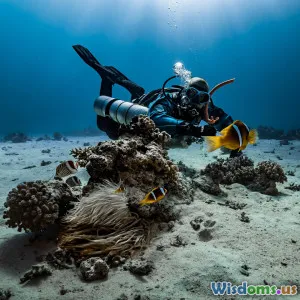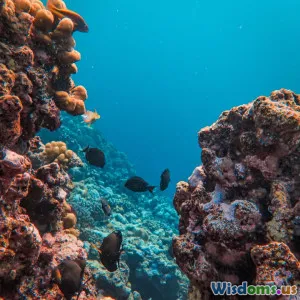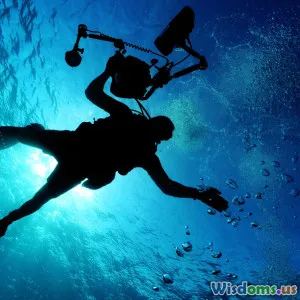
Comparing Shallow Reef Exploration Versus Deep Sea Diving Adventures
20 min read Explore key differences between shallow reef exploration and deep sea diving for a comprehensive underwater adventure guide. (0 Reviews)
Comparing Shallow Reef Exploration Versus Deep Sea Diving Adventures
Exploring the oceans is one of humanity’s greatest adventures—each dive, whether it hugs a vibrant shallow reef or plummets into the mysterious dark depths, offers its own unique blend of thrills, revelations, and challenges. Scuba diving enthusiasts and ocean lovers often find themselves comparing the colorful embrace of shallow reefs to the awe-inspiring depths of the open sea. The choice between shallow reef exploration and deep sea diving is more than a question of equipment or certification; it’s an adventure shaped by personal interests, safety considerations, environmental wonders, and even conservation impact. Let’s dive into this fascinating comparison, uncovering which experience might spark your curiosity next.
Underwater Landscapes: Colorful Reefs Versus Mysterious Depths
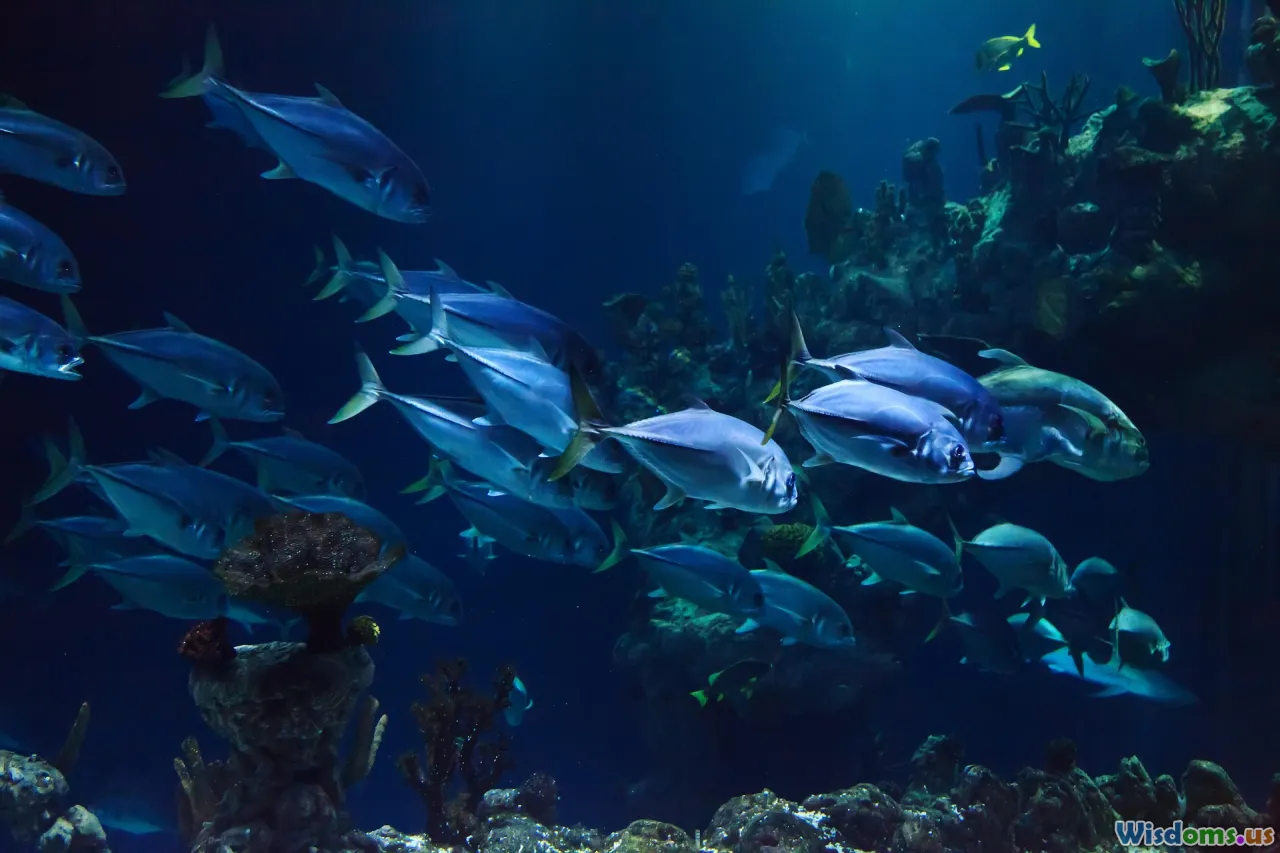
The visual world beneath the waves dramatically transforms depending on the depth at which you explore. Shallow reefs, typically found at depths less than 30 meters, are bathed in plentiful sunlight. This natural illumination allows a riot of colors to flourish—hard and soft corals in neon pinks and fiery oranges, anemone gardens waving gently, and teeming schools of fish such as angelfish, parrotfish, and butterflyfish weaving through the labyrinthine crevices.
In contrast, the deep sea (generally beyond 40 meters and descending to thousands of meters) presents a starkly different scene. Here, sunlight fades quickly, and by around 200 meters (the so-called "twilight zone") photosynthesis is impossible; life forms rely on other food sources and have adapted in bizarre and ingenious ways. Picture ghostly white deep-sea corals; bioluminescent creatures that pulse green or blue in total darkness; and vast, sandy plains littered with the occasional relic of a sunken ship or whale fall.
For instance, Australia's Great Barrier Reef, the world’s largest coral ecosystem, offers a kaleidoscope of shallow marine life, while the Puerto Rico Trench—one of the deepest spots in the Atlantic—hosts rarely seen species like the gulper eel and deepwater amphipods. These contrasts between shallow and deep structure the diver's experience, shaping not only what they see but how they interact with the environment.
Skill Requirements and Training: Accessible Adventure or Technical Challenge?
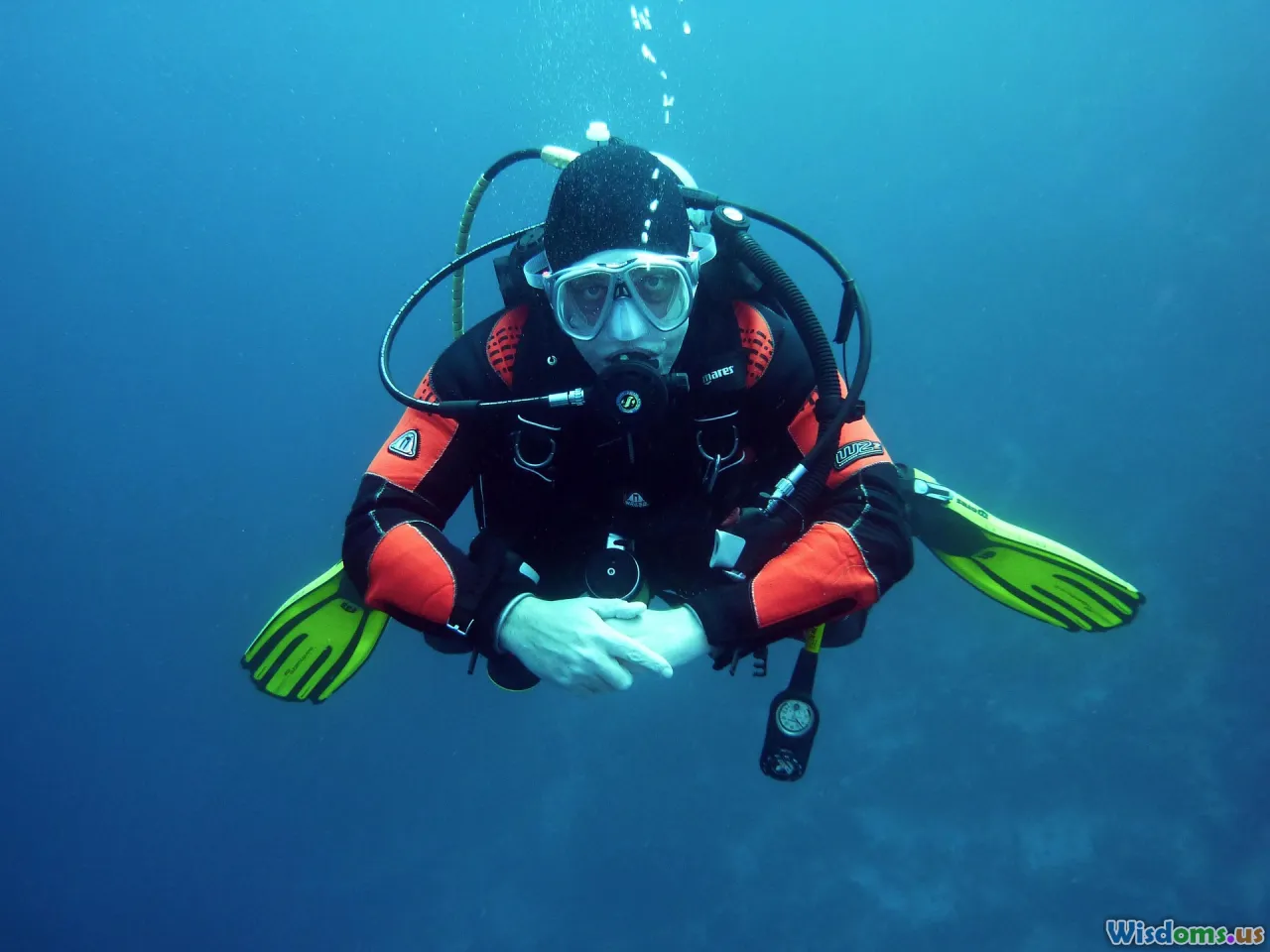
Shallow reef exploration is often considered the gateway to ocean diving and is accessible to certified open water divers (such as those certified by PADI or NAUI). Most introductory courses cover fundamental skills, including mask clearing, buoyancy control, and basic navigation. Many popular travel destinations—like Belize’s Hol Chan Marine Reserve or Egypt’s Red Sea reefs—offer guided reef dives even for absolute beginners, with the added safety of professional supervision and manageable currents.
Deep sea diving, in contrast, demands specialized training and preparation. Recreational divers are usually limited to depths of 30-40 meters for safety, as nitrogen absorption and the risks of decompression sickness ("the bends") increase with depth. Technical diving courses teach complex skills such as the use of multiple gas mixes (nitrox/trimix), redundant equipment, precise dive planning, and decompression stops. Some deep wreck and cave dives may require years of experience.
For example, exploring the Mediterranean’s legendary deep wrecks—such as the HMHS Britannic lying at 120 meters—requires technical diving certifications, careful equipment checks, and contingency planning far beyond what’s needed for a casual reef visit.
Marine Life Encounters: Diversity on the Reefs, Oddities in the Deep
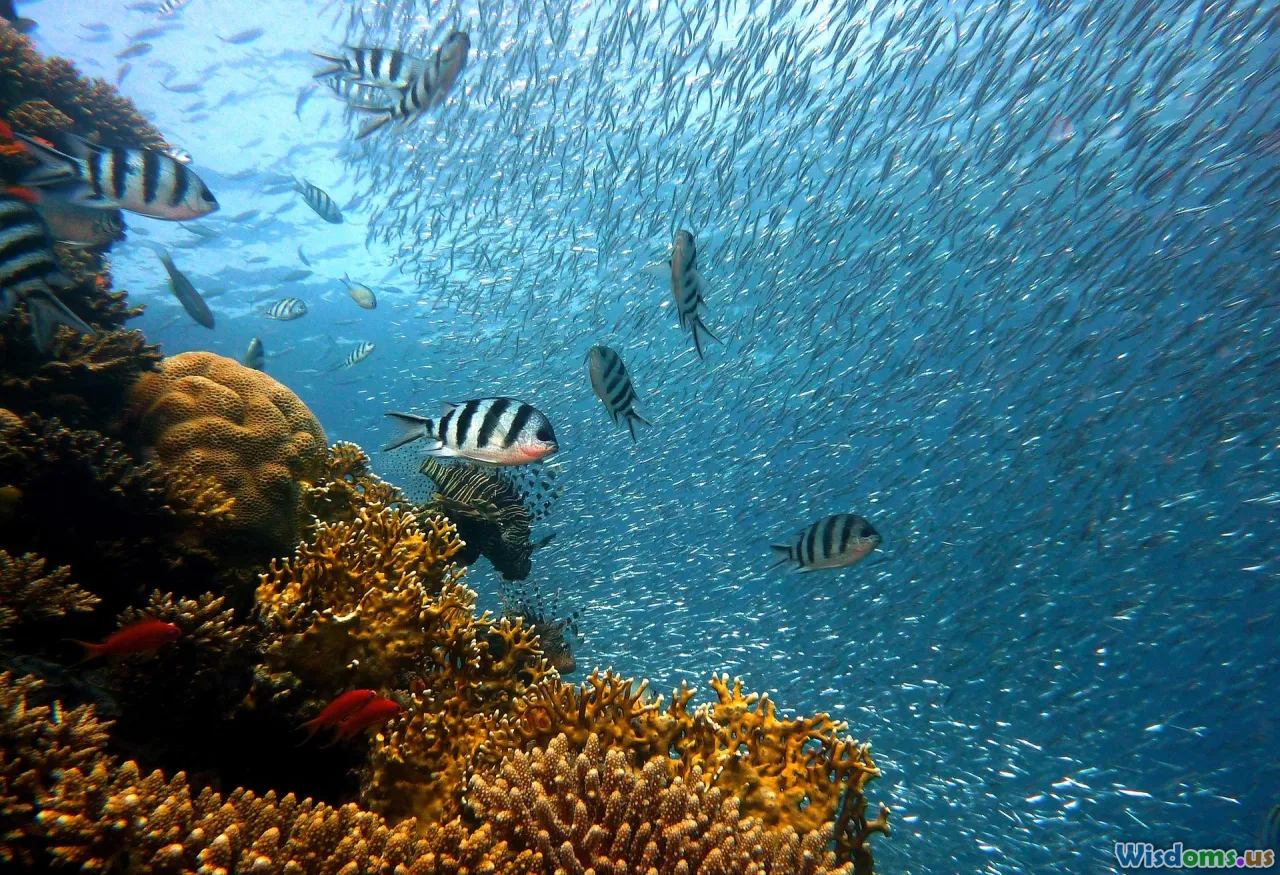
Shallow reefs boast a concentrated biodiversity unmatched almost anywhere on the planet. Home to over a million species (including fishes, mollusks, sea turtles, and rays), coral reefs make every dive a vibrant spectacle. Diving Indonesia’s Raja Ampat reveals pygmy seahorses clinging to gorgonian fans, nudibranchs decorated like living jewels, and the timeless courtship dance of cuttlefish.
In comparison, deep sea environments support fewer species but astonish with creatures that seem almost extraterrestrial. Anglerfish use bioluminescent lures to snare prey, giant squid lurk in the blackness, and fields of glass sponges provide rare oases for deep-dwelling shrimp. In 2012, the Deepsea Challenger submersible voyage led by filmmaker James Cameron famously documented new species of crustaceans and noted the resilience of deep sea amphipods at Challenger Deep (Mariana Trench, 10,994 meters).
For divers, shallow reefs promise close-up encounters: green turtles feeding on seagrass, clownfish darting through anemones, and cleaning stations where wrasse groom passing moray eels. Deep sea adventures, though harder to access, reward with glimpses of seldom-seen megafauna like sixgill sharks, ratfish, or even the elusive coelacanth—in the lucky and rarest scenarios.
Equipment Demands: Lightweight Versatility Versus Heavy-Duty Tech

Exploring shallow reefs typically involves standard scuba gear: a buoyancy control device, regulator, wetsuit or shorty (depending on water temperature), basic navigation tools, and perhaps a lightweight underwater camera. The comfortable temperatures and shorter dive times mean divers can often maximize comfort and mobility. Surface intervals tend to be shorter, and safety is more straightforward due to ready access to the surface and help from support boats.
Deep sea diving, however, is a technical feat loaded with gear. Divers may need double tanks, stage bottles with different breathing mixes, rebreathers (to recycle gas efficiently and manage decompression), dive computers to track inert gas levels, high-powered lights, and backup navigation tools. Each item increases redundancy—a crucial safeguard if something fails at depths where every minute counts. Time at depth is tightly controlled, and ascend too quickly and the diver risks a life-threatening nitrogen bubble formation.
The recent trend in recreational diving sees growing numbers of enthusiasts investing in underwater imaging. Shallow reefs provide perfect conditions for vibrant photography, while deep sea imaging needs specialized lighting rigs and sealed camera housings that withstand immense pressure. Whether you’re snapping pictures of a parrotfish at 10 meters or capturing the spindly legs of a deep-sea spider crab at 100 meters, the right gear makes all the difference in documenting the adventure.
Physical and Mental Challenges: Calm, Buoyant Relief or Psychological Pressure?
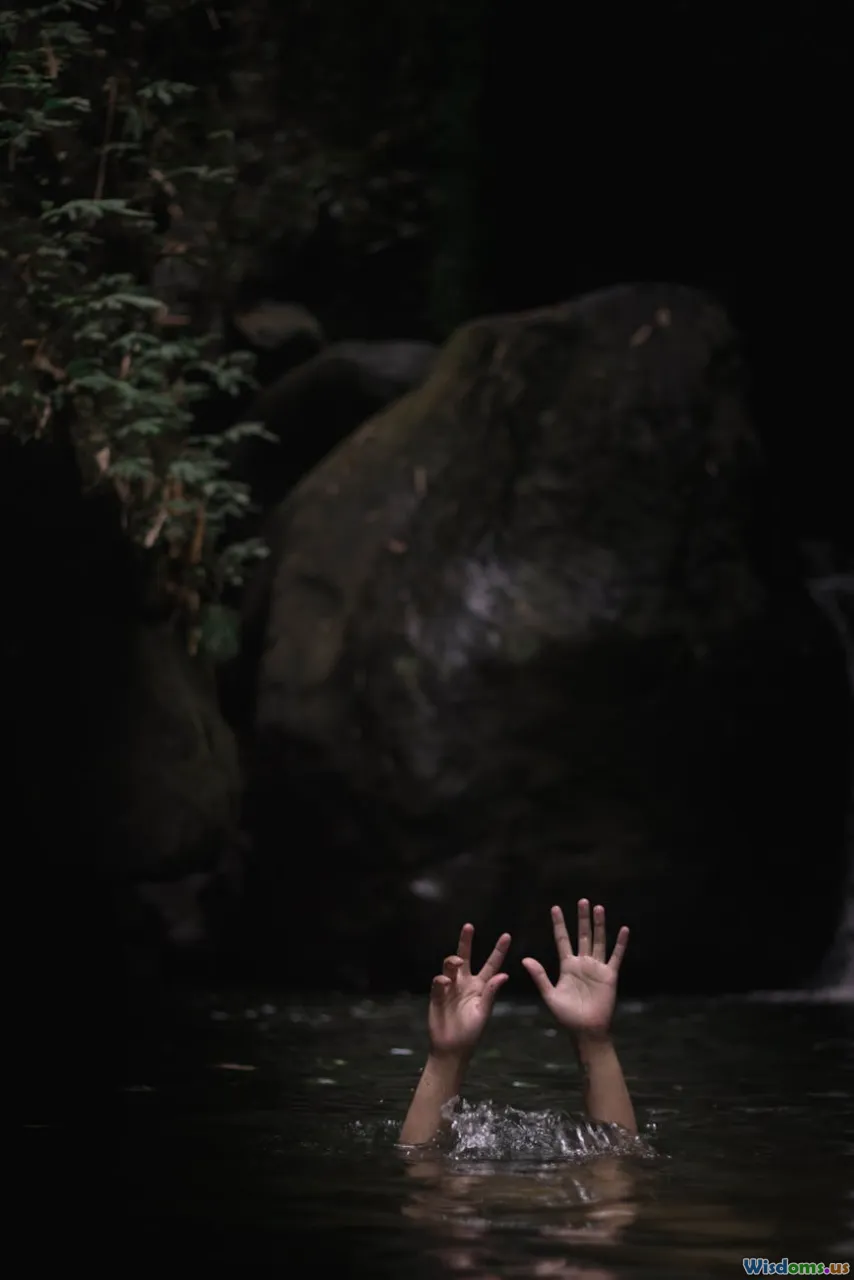
On a shallow reef, the sense of gentle immersion and buoyant freedom is often described as meditation in motion. Warm water, good visibility, and the reassuring proximity of the surface produce a sense of security and tranquility—an ideal setup for newer divers or those seeking relaxation and contemplation amongst natural wonders.
Deep water dives present a dramatically different psychological profile. The darkness and silence amplify every sound and sensation; divers describe encountering an intense feeling of vulnerability. A misplaced calculation or minor equipment problem can escalate quickly. Nitrogen narcosis, sometimes called "the rapture of the deep," impairs judgment deeper than 30 meters and can affect even the most seasoned divers. Cognizance, self-control, and calm under pressure are prerequisites for deep sea exploration. Mindfulness techniques and meticulous breathing help divers manage fear, anxiety, or bout of narcosis.
For example, free divers attempting descents of over 100 meters (like world record holder Alexey Molchanov) must rigorously train their minds to override natural panic responses to depth and darkness, finding peace in places where the human body is uniquely challenged.
Conservation Impact: Preserving Reefs, Studying the Deep
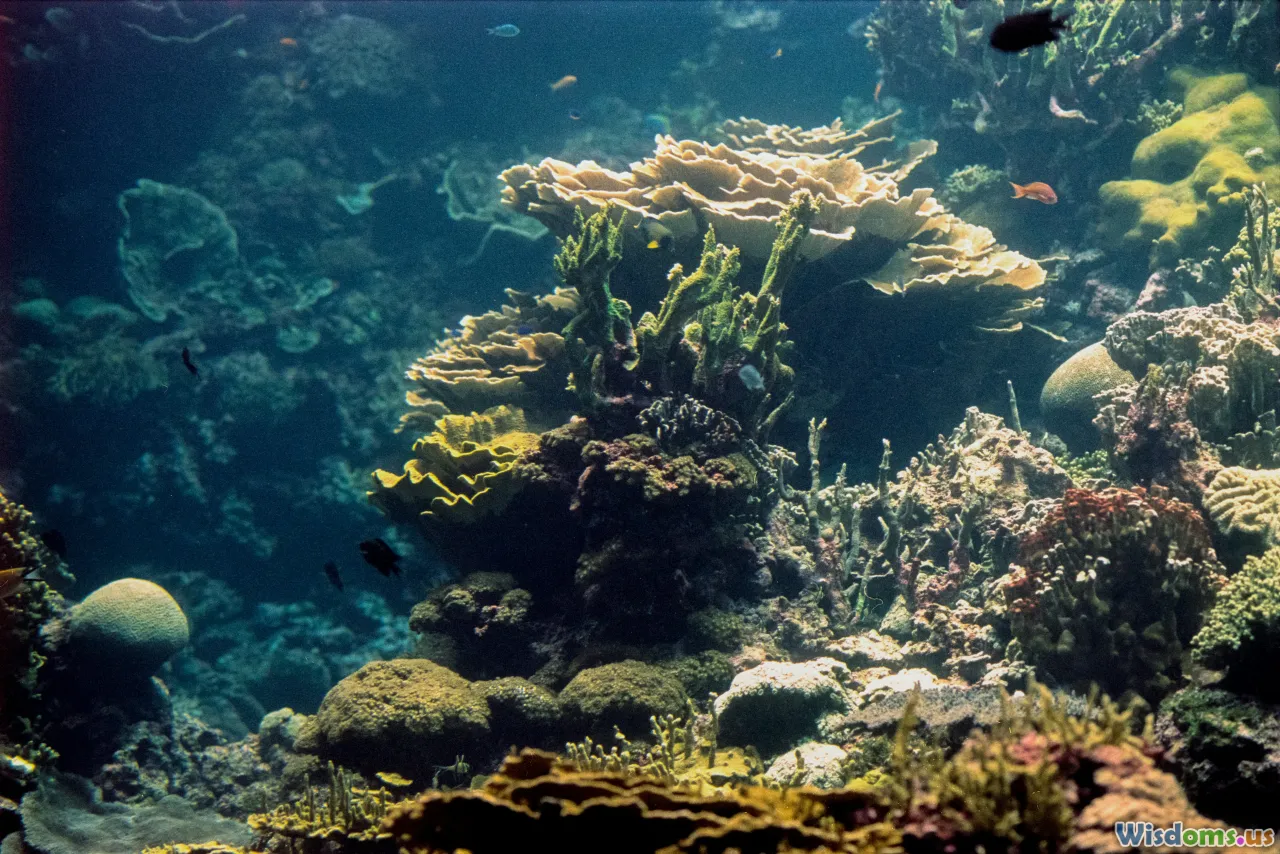
Reef diving, owing to popularity and accessibility, bears both the burden and responsibility of conservation. Coral reefs, covering less than 1% of the ocean bed yet supporting up to 25% of marine species, are exceedingly fragile. Physical contact, sunscreen chemicals, pollution, and climate change-induced bleaching threaten their survival. Dive operators and passionate eco-divers have made education and conservation action a key part of the experience—teaching buoyancy skills, launching coral rehabilitation projects, and banning harmful sunscreens.
Maldives resorts, for example, run large-scale guest-driven coral planting efforts. In Australia, the Reef Restoration Foundation grows and transplants heat-resistant corals on the Great Barrier Reef.
Deep sea diving, on the other hand, is far less frequent—protected by the difficult access and the delicate physiology of deep species—but is key for scientific discovery. Deep-sea expeditions provide crucial data for studies on global carbon cycles, the potential for new medicines, and the impact of pollutants like microplastics or chemical waste. Yet, the increasing capability to reach these environments (by remotely operated vehicles or specially trained divers) has raised new concerns: deep-sea mining and overfishing threaten slow-recovering ecosystems. The United Nations has called for the protection of deep sea habitats, balancing human curiosity with caution.
Planning the Right Dive: How to Choose Your Adventure
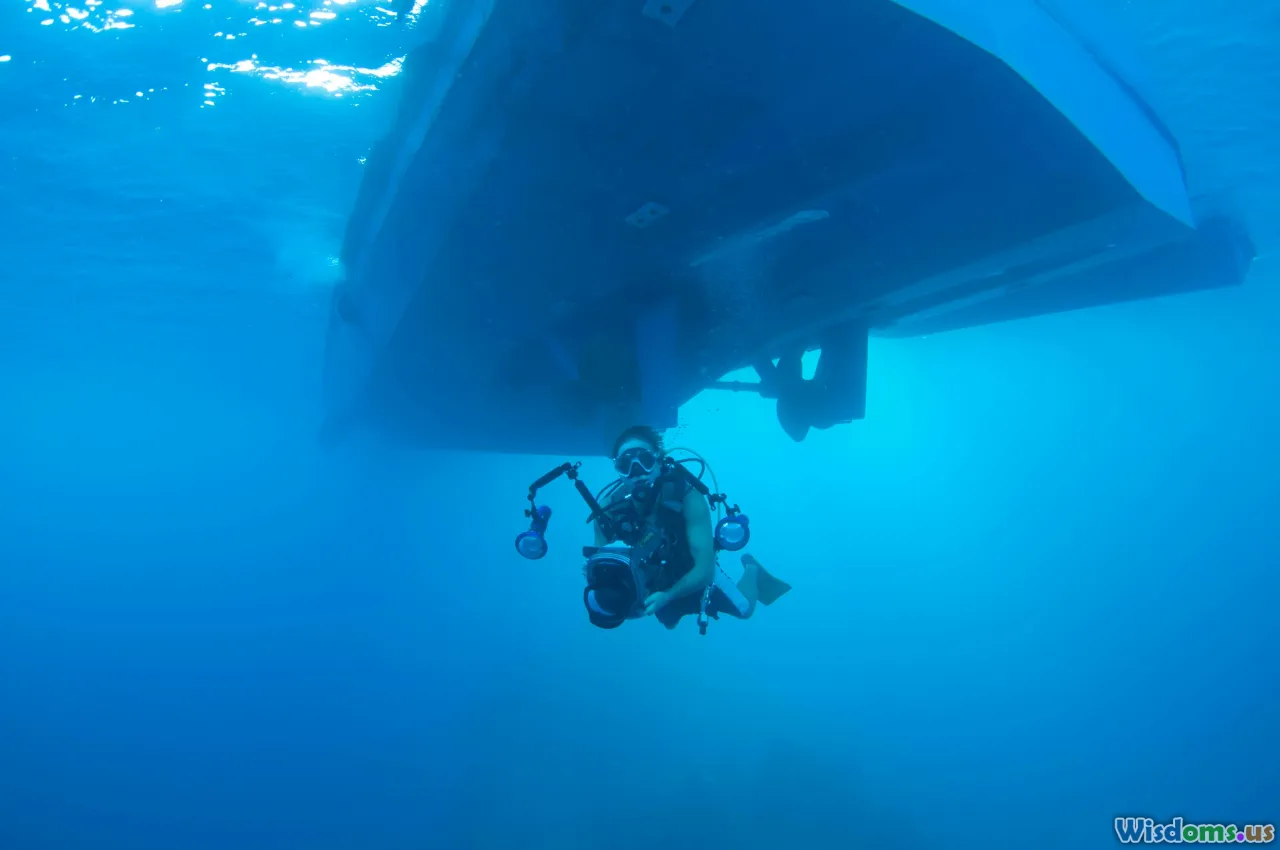
When deciding between a shallow reef dive and a deep sea adventure, divers must weigh their interests, training, and tolerance for complexity. Consider the following actionable tips:
For Shallow Reef Adventures:
- Certification Level: PADI Open Water Diver (or equivalent) covers most reef dives, while introductory experiences are widely available.
- Best Destinations: Great Barrier Reef (Australia), Bonaire (Caribbean), Red Sea (Egypt), and Gili Islands (Indonesia).
- Experience Goals: Rich biodiversity, vibrant photography, minimal gear, relaxed atmosphere, family-friendly.
- Preparation: Hone buoyancy control to avoid damaging delicate corals; use reef-safe sunscreens; consider guided eco-tours for added insight.
For Deep Sea Diving:
- Certification Level: Technical or advanced certifications required (such as PADI TecRec, TDI, or GUE). Understand decompression limits.
- Best Destinations: RMS Lusitania (Ireland), Truk Lagoon wrecks (Micronesia), Blue Hole (Dahab, Egypt), Strýtan (Iceland).
- Experience Goals: Geological wonders, rare or large marine life, personal skill mastery, scientific exploration.
- Preparation: Invest in redundant gear, log practice dives, review gas planning, and consult with local experts before attempting new sites.
Both types of diving benefit from responsible, prepared divers who put safety and nature preservation first.
Investment and Accessibility: Costing the Depths
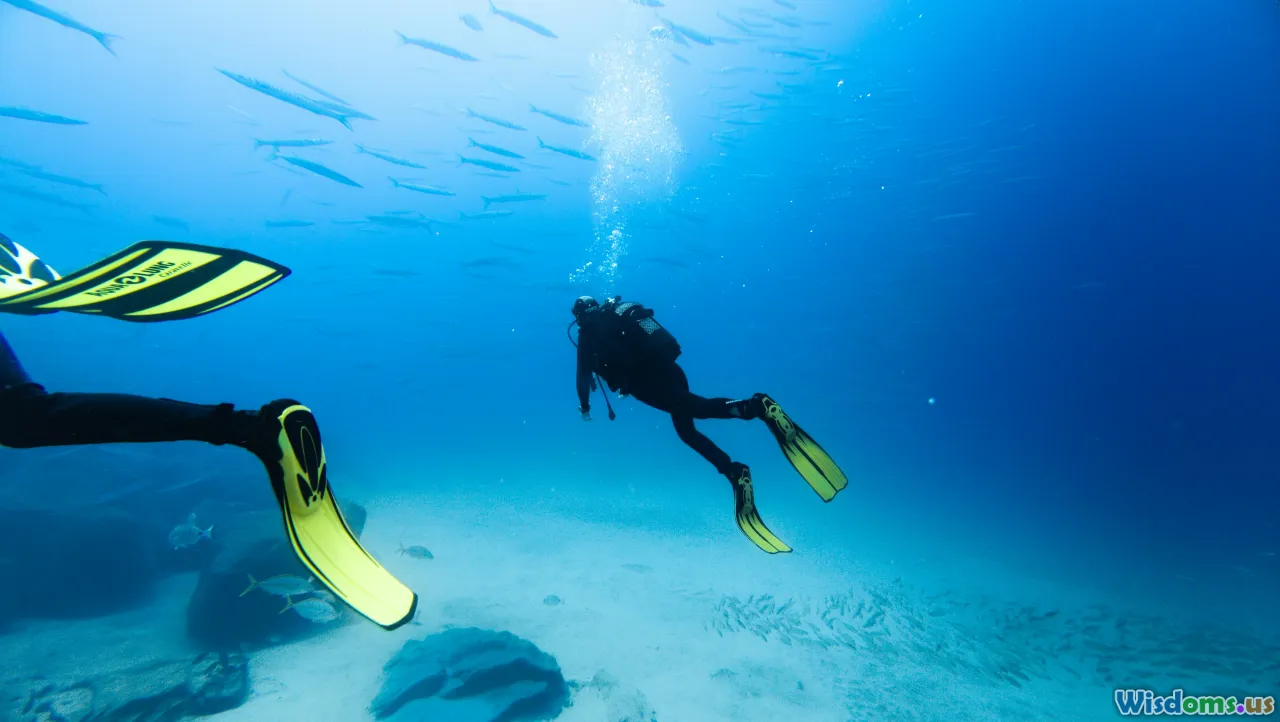
Shallow reef diving is generally more budget-friendly and widely accessible. Entry-level certifications cost between $300 and $600, with gear rental and boat fees among the main ongoing expenses. Beach dives (common in Hawaii or Florida) further cut costs and logistics, while package dive holidays cater to a wide range of ability and budget.
Deep sea diving, to no one’s surprise, grows progressively more expensive the further you venture from shore and sunlight. Technical diving certification can exceed $1,000, and gear (rebreathers, dry suits, and staged cylinders) can easily total several thousand dollars. Then there’s the cost of access—liveaboard boats, specialized support crews, and even submarines for extreme depths. Not to mention insurance, which is mandatory for technical dives and often excludes high-risk profiles.
This investment, while substantial, opens the door for unique rewards. Dedicated deep-wreck explorers might uncover histories lost to the ages or contribute valuable data to scientific surveys. For passionate reef divers, shallow waters promise daily adventures and continual re-discovery as reefs subtly shift with tides and time.
Environmental Conditions: Light, Current, and Weather Below
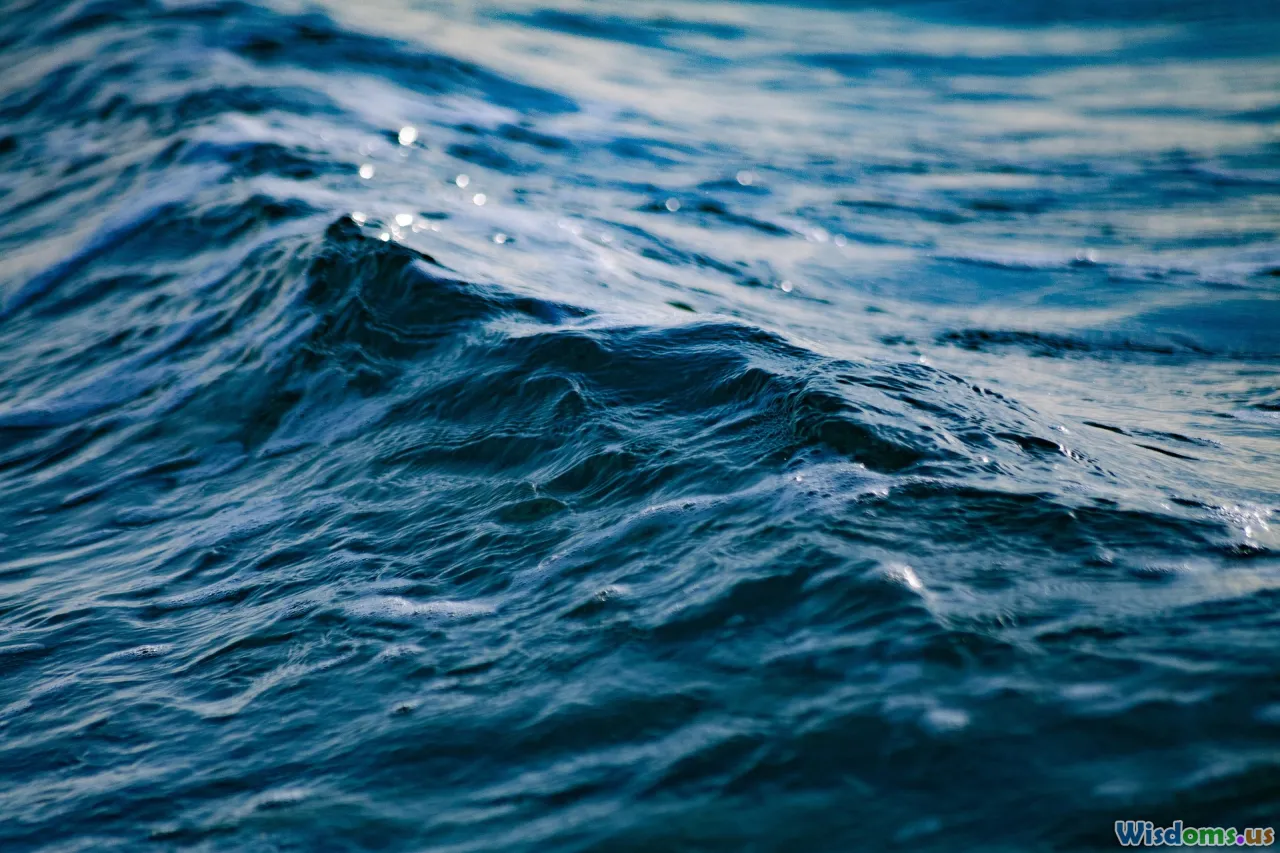
One of the most tactile contrasts between reef and deep dives are the environmental factors. Shallow reefs are well-lit, have moderate temperatures (often enjoyed with just a wetsuit), and support high visibility—sometimes up to 40 meters in ideal Caribbean or Pacific locations. However, weather can quickly impact safety, as swells, surge, or storms may churn shallow zones or near-shore entries.
Deep dives, by nature, pierce ever-darker layers of water. Temperatures plummet—cold water exposure and thermoclines mandate dry suits or heated undergarments. Currents may be strong and guest appearance, requiring adept navigation and timing. Lights and communication are limited, meaning pre-dive signals and redundancy are crucial. Conditions can be monitored via satellite and local reports; wise technical divers build weather flexibility into their trip plans.
A diver planning to visit the Maldives' shallow atolls in spring, for example, might expect 28°C water and cloudless skies. Someone joining a team to the Andrea Doria wreck (more than 70 meters in the North Atlantic) will prepare for 2-4°C, dense fog, and unpredictable currents that test both resolve and judgment.
The Greatest Rewards: Perspective, Wonder, and Personal Growth
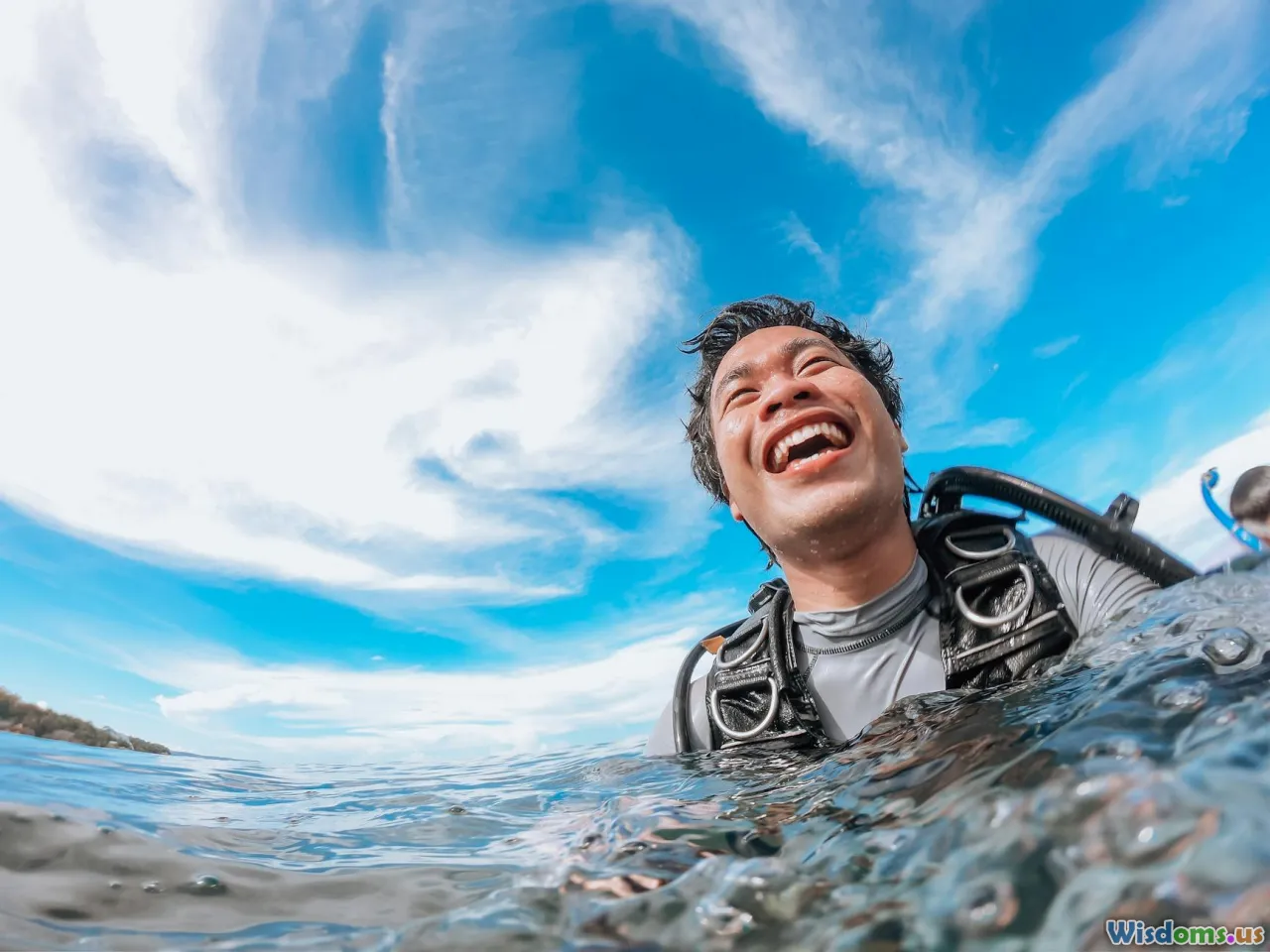
While much of the comparison between shallow reef and deep sea adventures centers on tangible differences, the emotional and psychological takeaways often define a diver’s journey. Shallow reefs provide easy immersion into an underwater Eden—a place to develop skills, find new friends, and bask in the colors that defined your childhood idea of the ocean. Many divers fall in love with reefs and return repeatedly to witness planetary cycles—coral spawning, turtle hatches, juvenile fish clouds—sometimes acting as stewards after the end of each dive.
Deep sea diving attracts those who yearn to push boundaries. The sense of achievement from descending—often alone or with a handful of peers—into a sunless world is profound. The lessons of patience, precision, and humility learned at great depths can echo throughout a diver’s life. It’s where limits are stretched, comfort zones redefined, and nature’s mysteries seem inexhaustible.
Take, for instance, the musicians who played concerts in an underwater cave to draw attention to aquifer preservation, or the scientists who rescued unknown hydrothermal vent species from toxic spills. Ocean advocacy is often found at both ends of the spectrum—born from reef reverence or stoked by deep discovery.
Ultimately, the choice isn’t final—many divers embrace both. What unites shallow and deep explorers is a spirit of curiosity, wonder, and responsibility. Whether you find inspiration in the sunlit kaleidoscope of a coral garden or the shadowy embrace of the abyss, every dive tells a story, and every dive deepens our connection to the true heart of our planet.
Rate the Post
User Reviews
Popular Posts










